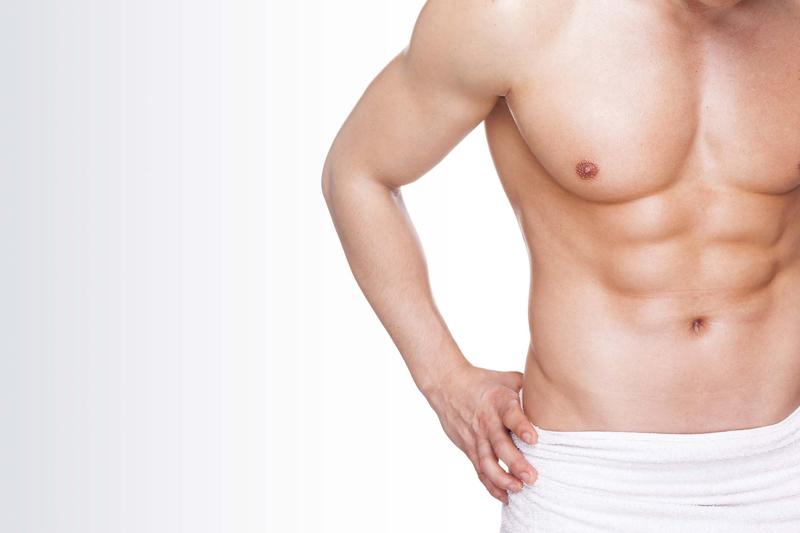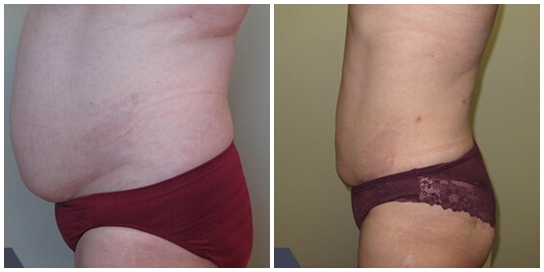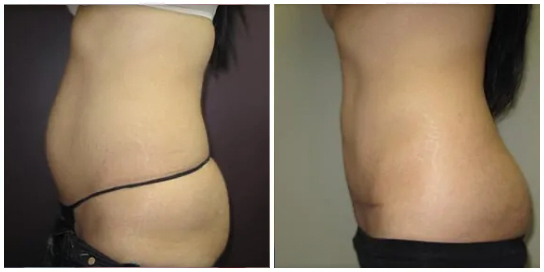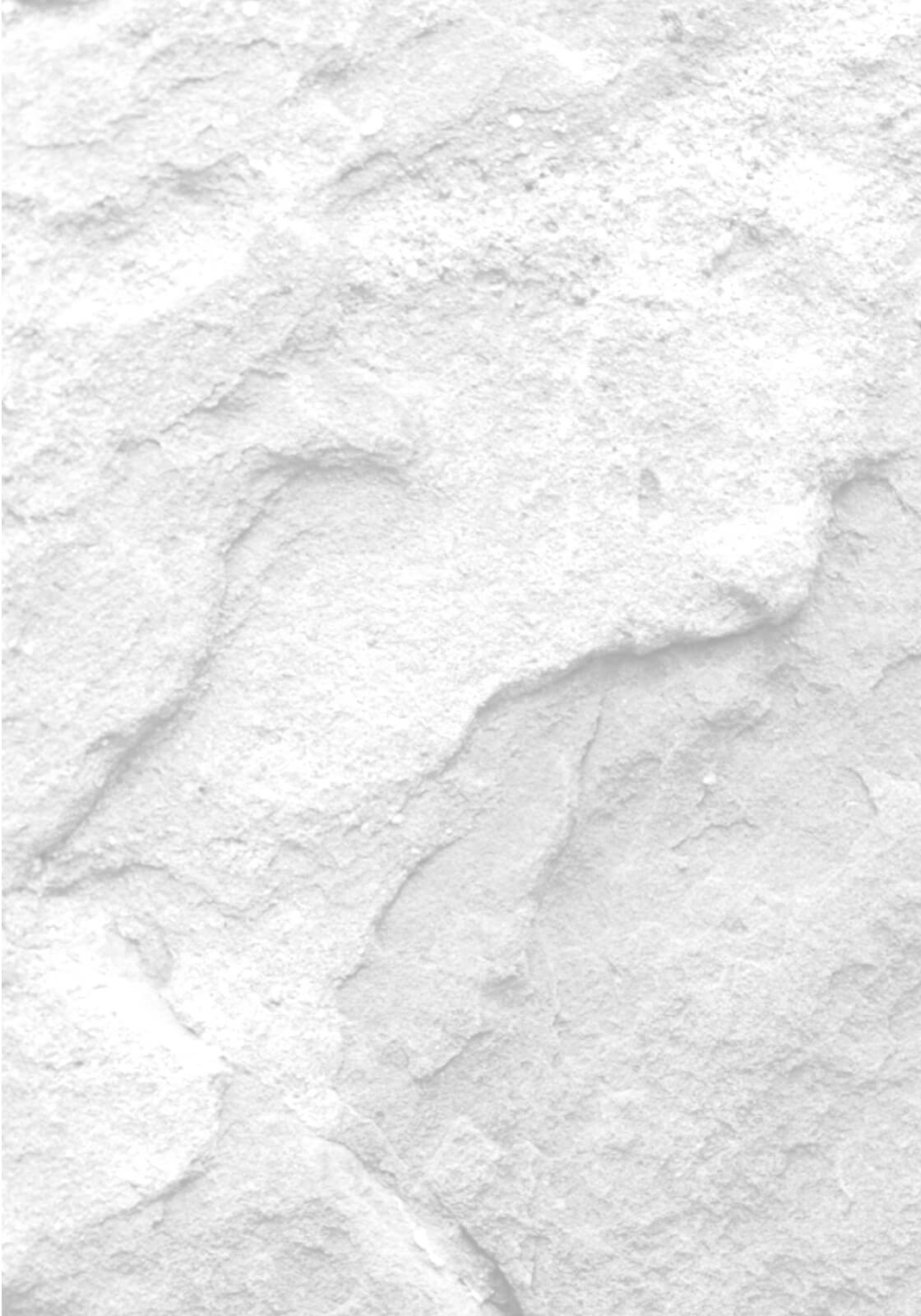Gynecomastia
Conveniently located to serve the areas of Boulder, CO

This is a surgical procedure used to correct a condition known as gynecomastia, or enlarged male breasts, by by removing fat and/or glandular tissue from the breasts. In extreme cases, skin is removed as well. The physical result is a flatter, firmer and more masculine-looking chest. The psychological result is the enhancement of your self-image and self-confidence.
Contents
Who is a Good Candidate for Male Breast Reduction?
First and foremost, you must be in good health, have no active diseases or serious, pre-existing medical conditions, and you must have realistic expectations of the outcome of your surgery. Gynecomastia, occurs in as many as 40 – 60% of men. It may affect one breast or both. Good surgical candidates have firm, elastic skin that will reshape to the body’s new contours. The cause of gynecomastia is not always known, but the incidence increases with certain drugs including anabolic steroids, use of marijuana or alcohol, and obesity. Thus, men who fall in these categories would not be considered good candidates for breast reduction. Impaired liver function and use of estrogen-containing medications may also cause gynecomastia. During your initial consultation, if a medical problem is identified as the cause, you will be referred to an appropriate specialist.
NOTE: If you smoke, recently quit smoking or have been unable to stop completely, or you are exposed to second-hand smoke, you may not be a candidate for surgery. Primary and secondary smoking decreases blood supply to the body’s tissues, resulting in prolonged wound healing, skin loss, infection, increased scarring, and a number of other complications related to the kind of procedure performed..
How is the procedure performed?
The type of male breast reduction procedure used by your surgeon will depend on the extent of the patient’s gynecomastia. The options include removal of the tissue under the breast, or suction lipectomy (liposuction) of the chest wall. In both instances, a small elliptical incision is made on the lower half of the nipple area (areola). For those men with tissue that is more glandular in nature, all breast tissue directly under the nipple is removed. If the tissue is fatty in nature, liposuction can provide excellent results. In some people, ultrasonic assisted liposuction is an excellent approach. During liposuction, a small suction rod (cannula) is inserted into the incision to remove fat and other tissue.
Planning for Your Surgery
The first step is to schedule a personal consultation with your plastic surgeon. Communication is crucial in reaching your goals. You will have the opportunity to express your goals and the results you’d like to achieve. Together, you and your surgeon will reach an understanding about what you can expect from this procedure and the long-term benefits you will experience. Every patient is different, and your surgeon will choose the surgical technique and treatment plan that is right for you.
During the initial consultation, you should expect
- To provide a complete medical history, including information about previous surgical procedures; past and present medical conditions; and any medications or herbal supplements you are taking.
- Your surgeon to conduct a physical examination of your breasts and check for causes of the gynecomastia.
- To have measurements and photographs taken for your medical record.
- To discuss possible risks and complications of the procedure.
Preparing for Your Surgery
You will be given a pre-operative information packet that explains everything you should do and know before your surgery date. Your surgeon will give you specific instructions on how to prepare for surgery, including guidelines on eating and drinking, smoking, and taking or avoiding certain vitamins and medications. Whether your surgery is done on an outpatient or inpatient basis, you should arrange for someone to drive you home after your surgery, and to help you out for a day or two after you leave the hospital, if needed.
Where Your Surgery Will be Performed
The majority of these procedures are completed on an out-patient basis. Dr. Roesner has surgical privileges at North Suburban Medical Center, Rose Medical Center as well as St. Anthony Hospital.
Types of Anesthesia
You’ll remain comfortable throughout the entire procedure. In most cases, general anesthetic is used so that you will sleep throughout the procedure; although local anesthesia with intravenous sedation is also an option for some patients.
After Your Surgery
It is very important that you follow your surgeon’s instructions in order to promote healing and progress towards your new physical appearance. Also, it is important that you attend all follow-up appointments scheduled so that your surgeon can assess your long-term results and answer any questions or concerns you may have.
Male breast reduction post-operative instructions
- Have someone drive you home after surgery and help you at home for 1-2 days.
- Get plenty of rest.
- Follow balanced diet.
- Decreased activity may promote constipation, so you may want to add more raw fruit to your diet, and be sure to increase fluid intake.
- Take pain medication as prescribed. Do not take aspirin or any products containing aspirin unless approved by your surgeon.
- Do not drink alcohol when taking pain medications.
- Even when not taking pain medications, no alcohol for 3 weeks as it causes fluid retention.
- If you are taking vitamins with iron, resume these as tolerated.
- Do not smoke, as smoking delays healing and increases the risk of complications.
Activities
- Start walking as soon as possible, this helps to reduce swelling and lowers the chance of blood clots.
- Do not drive until you are no longer taking any pain medications (narcotics).
- Do not drive until you have full range of motion with your arms.
- No heavy lifting for 4-6 weeks (this is determined by your surgeon).
- Return to work when you feel well enough — Could be1 or 2 days after surgery or 2 weeks, depending on type of job. Stay away from any job or sport that risks a blow to your chest for at least 4 weeks.
- Avoid sexual activity for 1-2 weeks and strenuous activity for 3-4 weeks.
- Full social activities can be resumed in 10-14 days.
Incision care
- Avoid exposing scars to sun for at least 12 months.
- Always use a strong sunblock, if sun exposure is unavoidable (SPF 30 or greater).
- Keep steri-strips on.
- Keep incisions clean and inspect daily for signs of infection.
- No tub soaking while sutures or drains are in place.
- Wear your pressure garment continuously for 6 weeks, (unless otherwise instructed by your surgeon).
What to expect
- Minimal to moderate postoperative pain (depending on how extensive the procedure is).
- Temporary bruising, swelling, soreness, burning sensation.
- The worst of your swelling will dissipate in a few weeks.
- All swelling and bruising should be gone in 3-6 months.
- Temporary loss of breast sensation or numbness, which may last up to a year.
- In about 4-6 weeks, you will be back to all of your normal activities.
Appearance
- Flatter, firmer, more masculine chest contour.
- Three or more months before final results are apparent.
Follow-up care
- Drainage tubes are removed when the output is less than 30 ml for 1 -2 days (this will vary by surgeon)
- External sutures are removed 7-14 days after surgery.
When to call
- If you have increased swelling or bruising.
- If swelling and redness persist after a few days.
- If you have increased redness along the incision.
- If you have severe or increased pain not relieved by medication.
- If you have any side effects to medications; such as, rash, nausea, headache, vomiting.
- If you have an oral temperature over 100.4 degrees.
- If you have any yellowish or greenish drainage from the incisions or notice a foul odor.
- If you have bleeding from the incisions that is difficult to control with light pressure.
- If you have loss of feeling or motion.
Schedule your Appointment
And Meet Directly With Dr. Roesner to Discuss a Treatment plan to meet your Aesthetic and Skincare Goals.
Schedule AppointmentConsult fee is $100 – which will be applied to the cost of the procedure
(If scheduled within 90 days).





